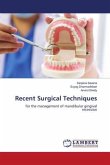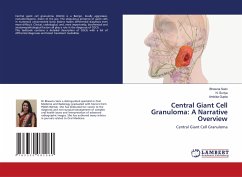A normal frenum attaches apically to the free gingival margin so, as not to exert a pull on the zone of the attached gingiva and usually terminating at the mucogingival junction. However, its level may vary from the height of vestibule to the crest of the alveolar ridge and even to the crest of the alveolar ridge and even to the incisal papilla area in the anterior maxilla.Frena are mostly seen in the vestibular mucosa of the mandible and maxilla, usually in the midline or premolar region. A frenulum is a small frenum. There are several frena that are usually present in a normal oral cavity. The maxillary labial frena and the lingual frena are the most notable frenum of the normal oral cavity. Among all the other frena, maxillary frena are a dynamic structure that is subjected to variations during different stages of human growth and development.
Bitte wählen Sie Ihr Anliegen aus.
Rechnungen
Retourenschein anfordern
Bestellstatus
Storno








